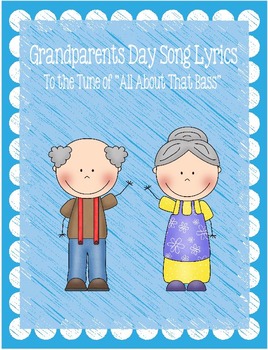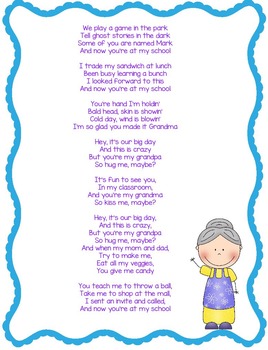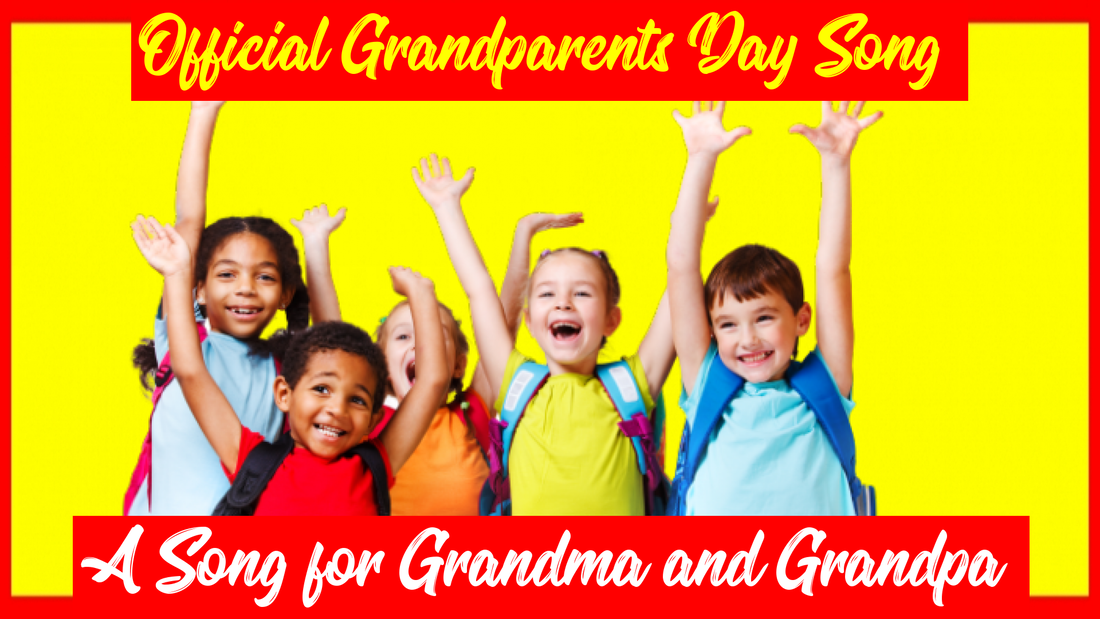Gallery
Photos from events, contest for the best costume, videos from master classes.
 |  |
 |  |
 |  |
 |  |
 |  |
 |  |
When grandparents share family stories, traditions, and cultural practices, they help children develop a stronger sense of identity and belonging. They serve as living links to family heritage and history—as well as a source of entertainment for the grandchildren. Changing demographics and technology has transformed how grandparents relate to and stay connected to their grandchildren. Yet the fundamentals transcend time: Most grandparents see themselves as According to a psychologist, these are the 11 things that the most emotionally supportive grandparents do differently. Plus, why they're so beneficial. Grandchildren typically lose interest in grandparents after age 10. However, the relationship between grandparent and grandchildren can be influenced by six key factors. Grandchildren typically lose interest in grandparents after age 10. However, the relationship between grandparent and grandchildren can be influenced by six key factors. GRANDPARENT meaning: 1. the father or mother of a person's father or mother 2. the father or mother of a person's father. Learn more. Grandparents represent a strong economic and demographic base with great spending power—yet the role they play goes well beyond the financial realm, according to a new AARP survey. Grandparents, individually known as grandmother and grandfather, or Grandma and Grandpa, are the parents of a person's father or mother – paternal or maternal. Grandparents, individually known as grandmother and grandfather, or Grandma and Grandpa, are the parents of a person's father or mother – paternal or maternal. GRANDPARENT meaning: 1. the father or mother of a person's father or mother 2. the father or mother of a person's father. Learn more. Grandparents provide grandchildren a conduit to a family’s past, accomplishments, trials, and tribulations. It is important for children to know their roots and their cultural heritage. Grandparenthood is a significant status in the life of many older adults; more than three-fourths of all people aged sixty-five and older are grandparents. It is a kinship status, and, as such, is dependent on the structure and norms of the kinship system. When grandparents share family stories, traditions, and cultural practices, they help children develop a stronger sense of identity and belonging. They serve as living links to family heritage and history—as well as a source of entertainment for the grandchildren. Grandparents represent a strong economic and demographic base with great spending power—yet the role they play goes well beyond the financial realm, according to a new AARP survey. Changing demographics and technology has transformed how grandparents relate to and stay connected to their grandchildren. Yet the fundamentals transcend time: Most grandparents see themselves as Grandparents provide grandchildren a conduit to a family’s past, accomplishments, trials, and tribulations. It is important for children to know their roots and their cultural heritage. According to a psychologist, these are the 11 things that the most emotionally supportive grandparents do differently. Plus, why they're so beneficial. Grandparenthood is a significant status in the life of many older adults; more than three-fourths of all people aged sixty-five and older are grandparents. It is a kinship status, and, as such, is dependent on the structure and norms of the kinship system. Some grandparents lack purpose. Their impact has been minimized by many factors, including geographic distance, divorce, lack of a heritage, and failure of the culture to affirm their value. The vital influence of grandparents has been understated and even overlooked for too long. Some grandparents lack purpose. Their impact has been minimized by many factors, including geographic distance, divorce, lack of a heritage, and failure of the culture to affirm their value. The vital influence of grandparents has been understated and even overlooked for too long.
Articles and news, personal stories, interviews with experts.
Photos from events, contest for the best costume, videos from master classes.
 |  |
 |  |
 |  |
 |  |
 |  |
 |  |